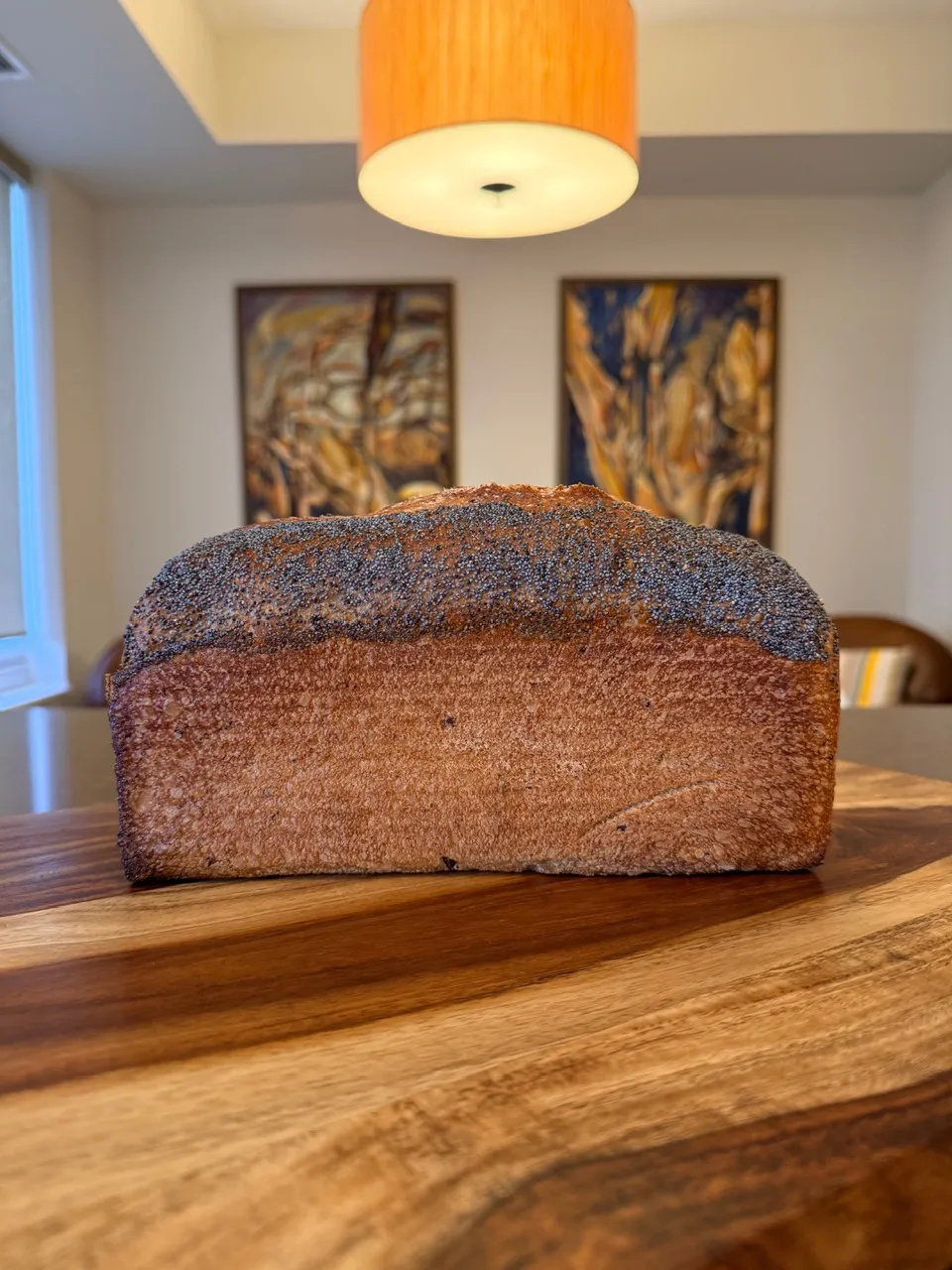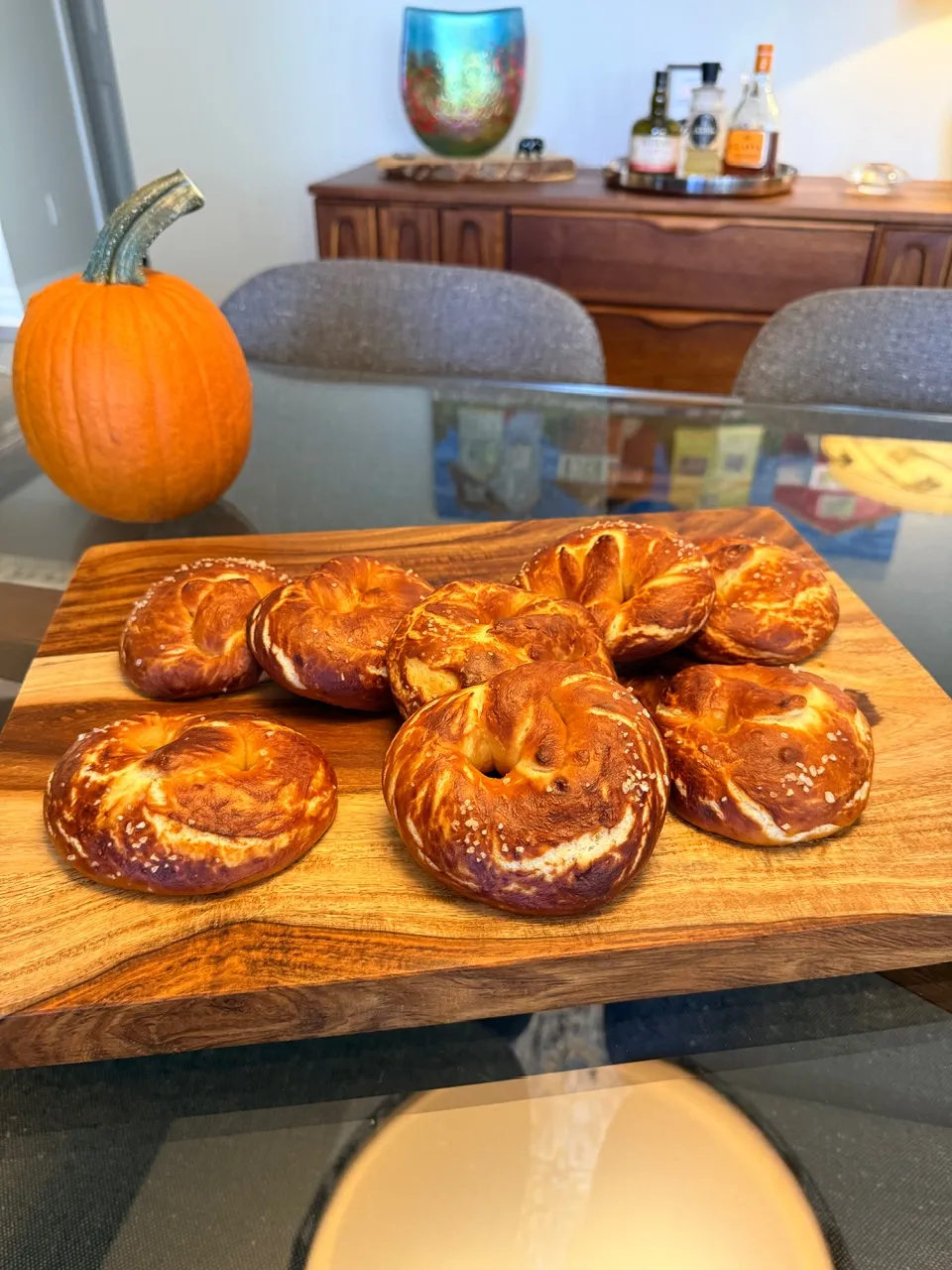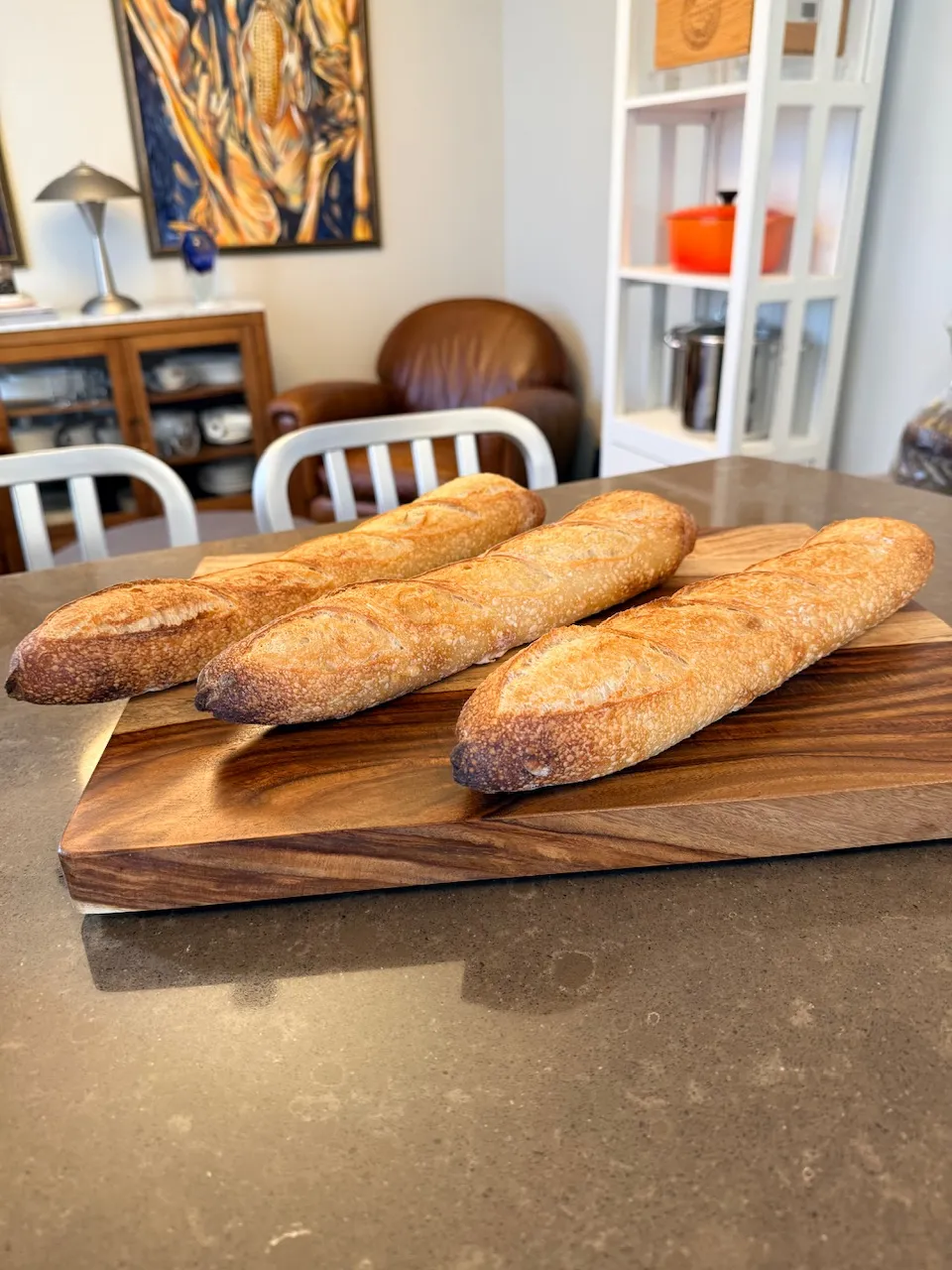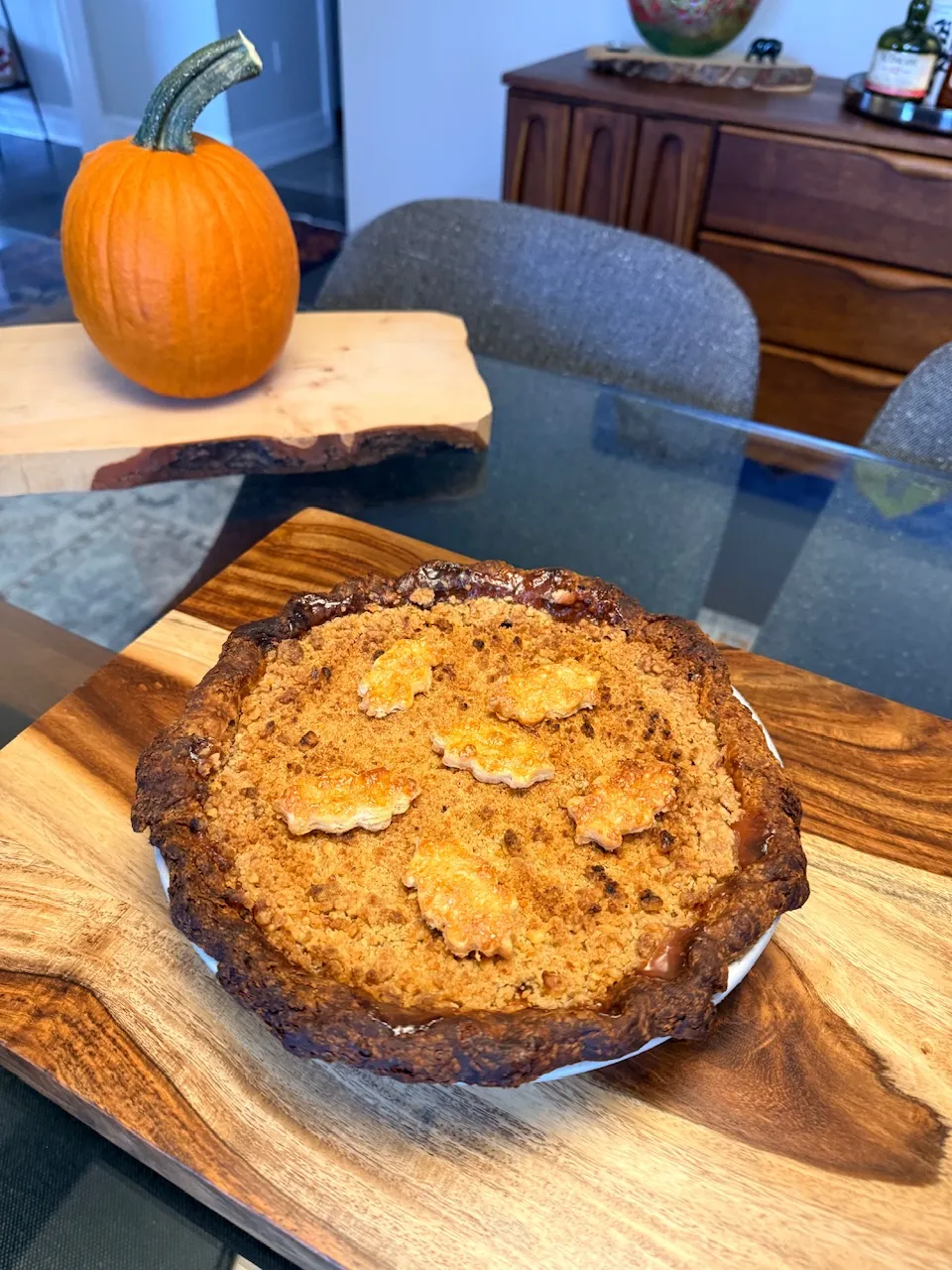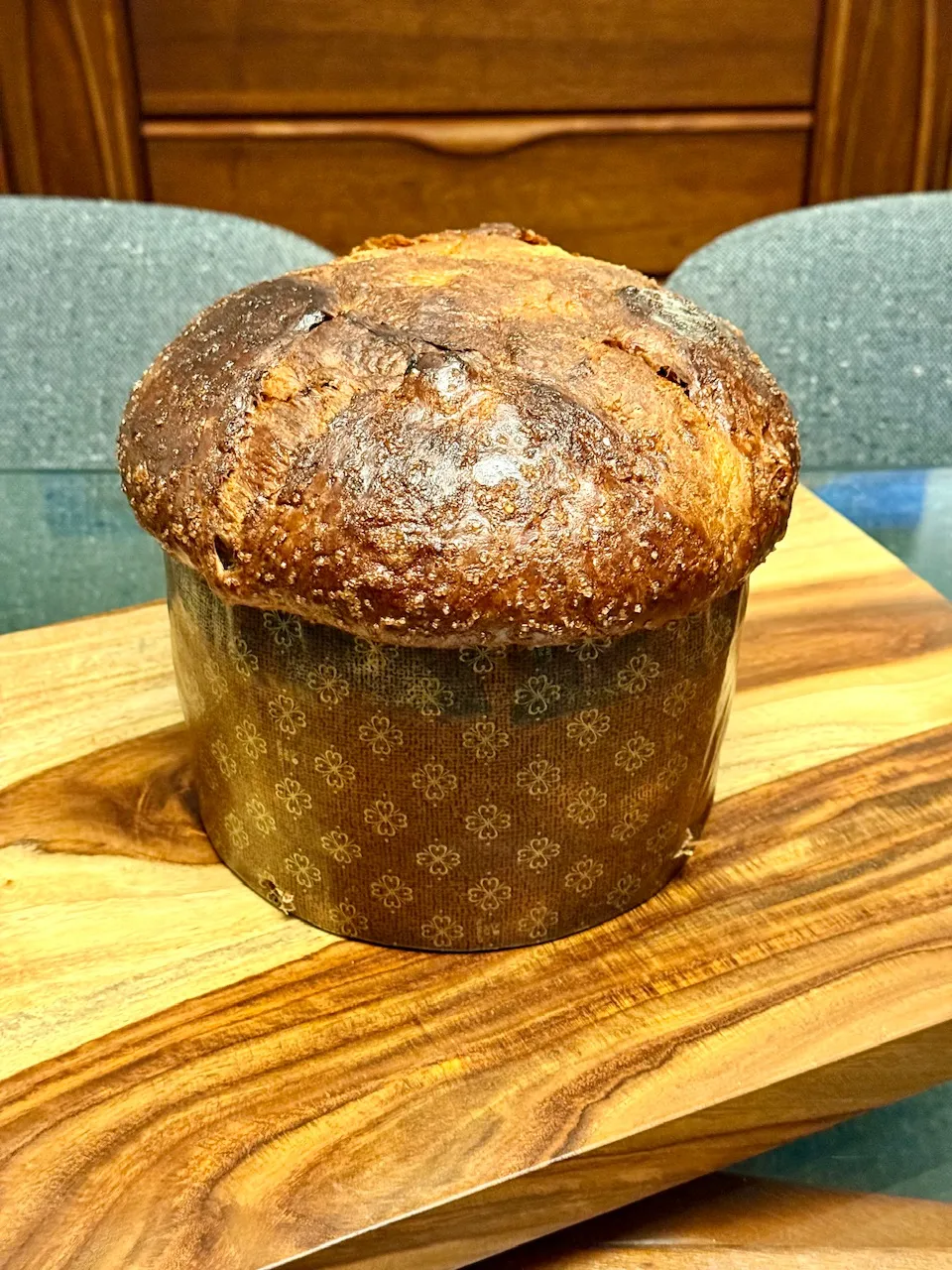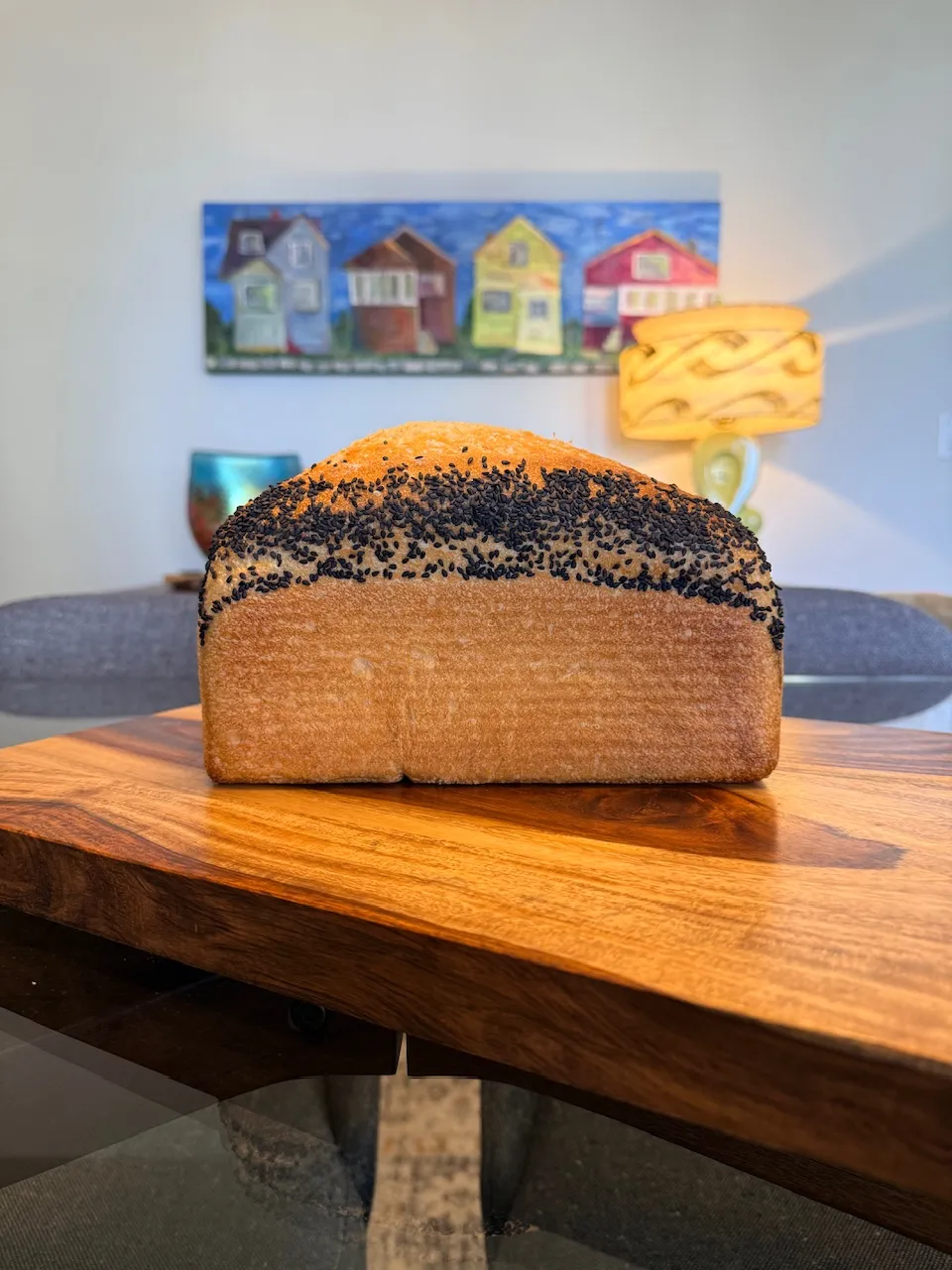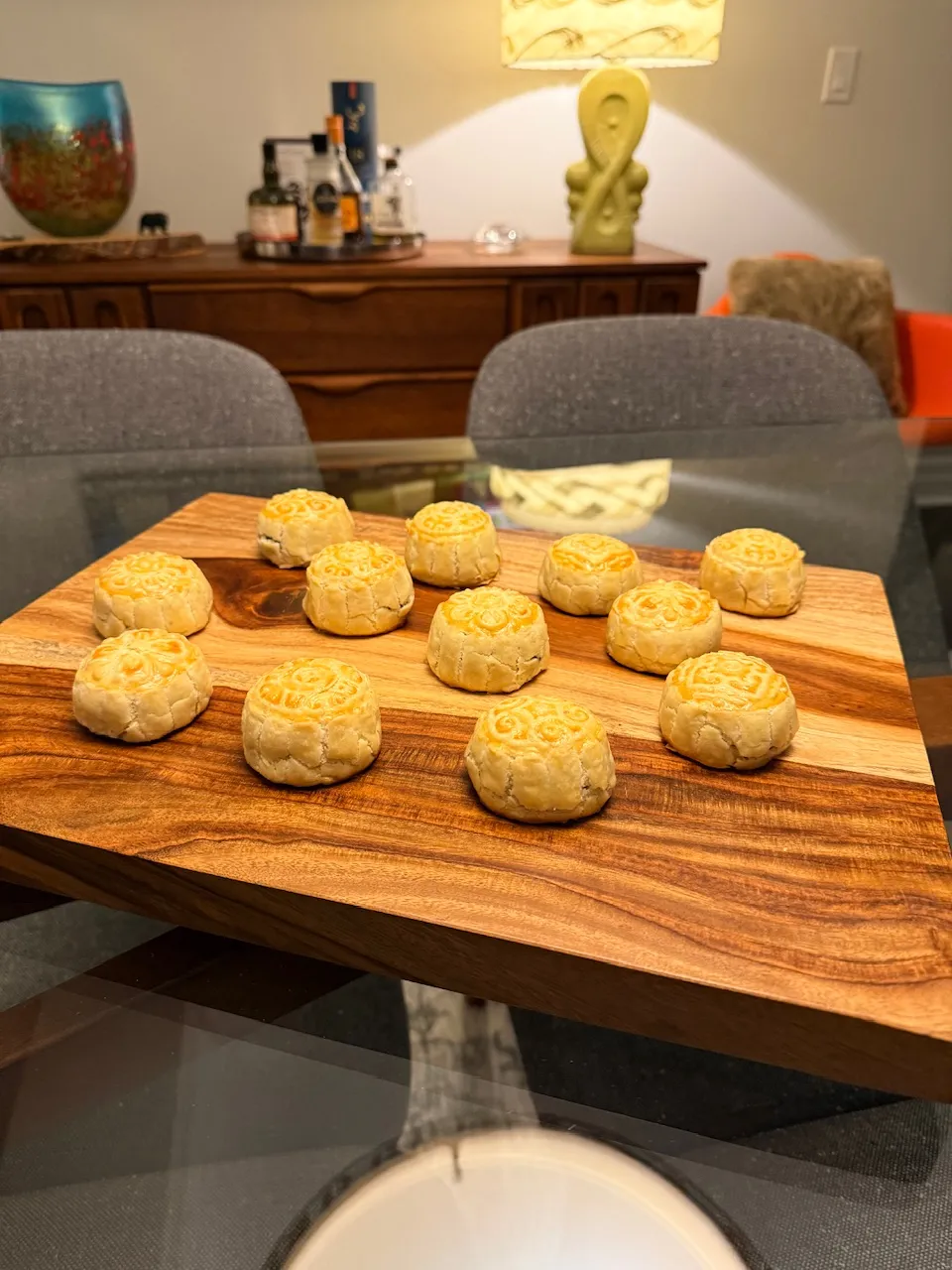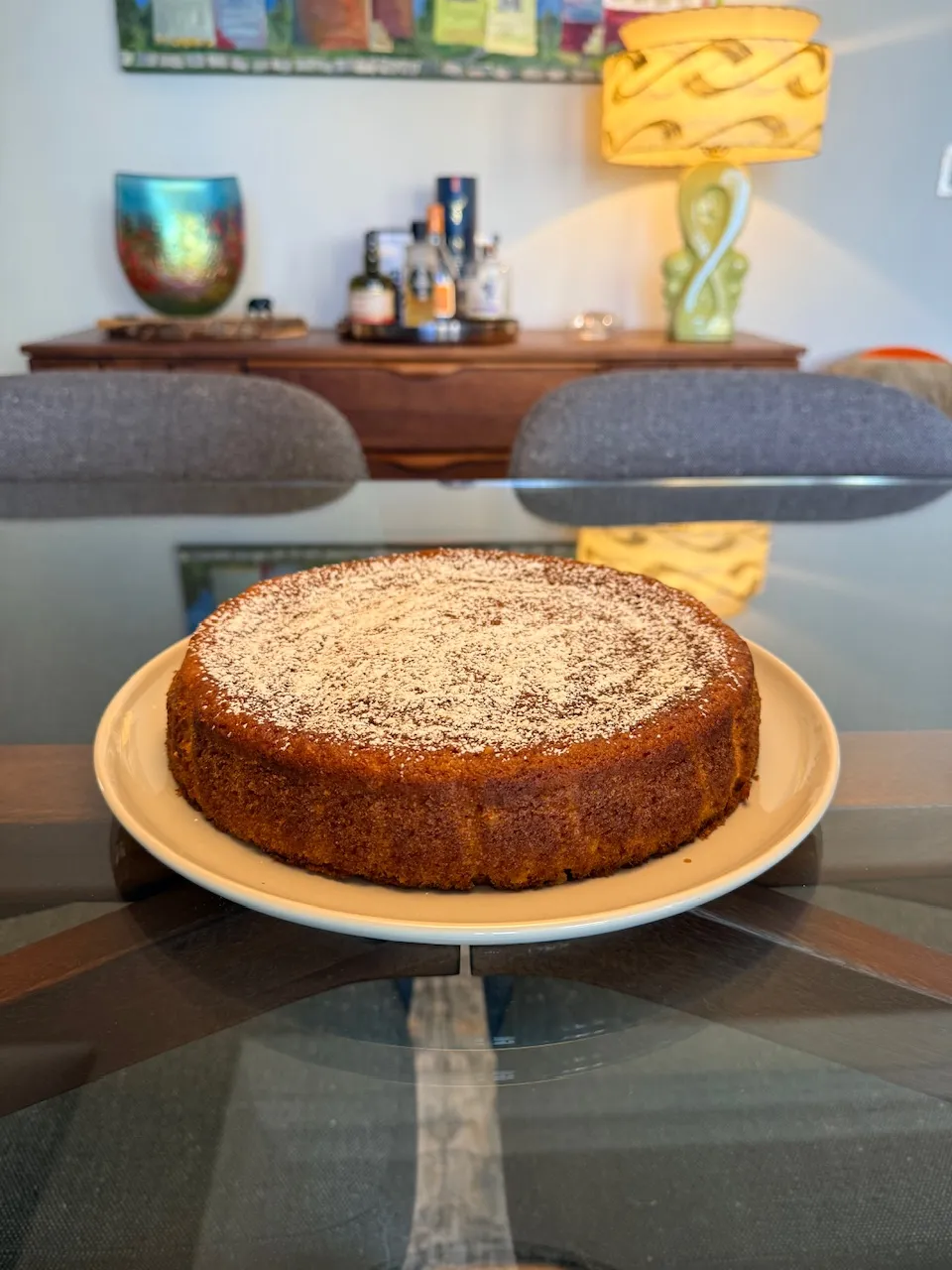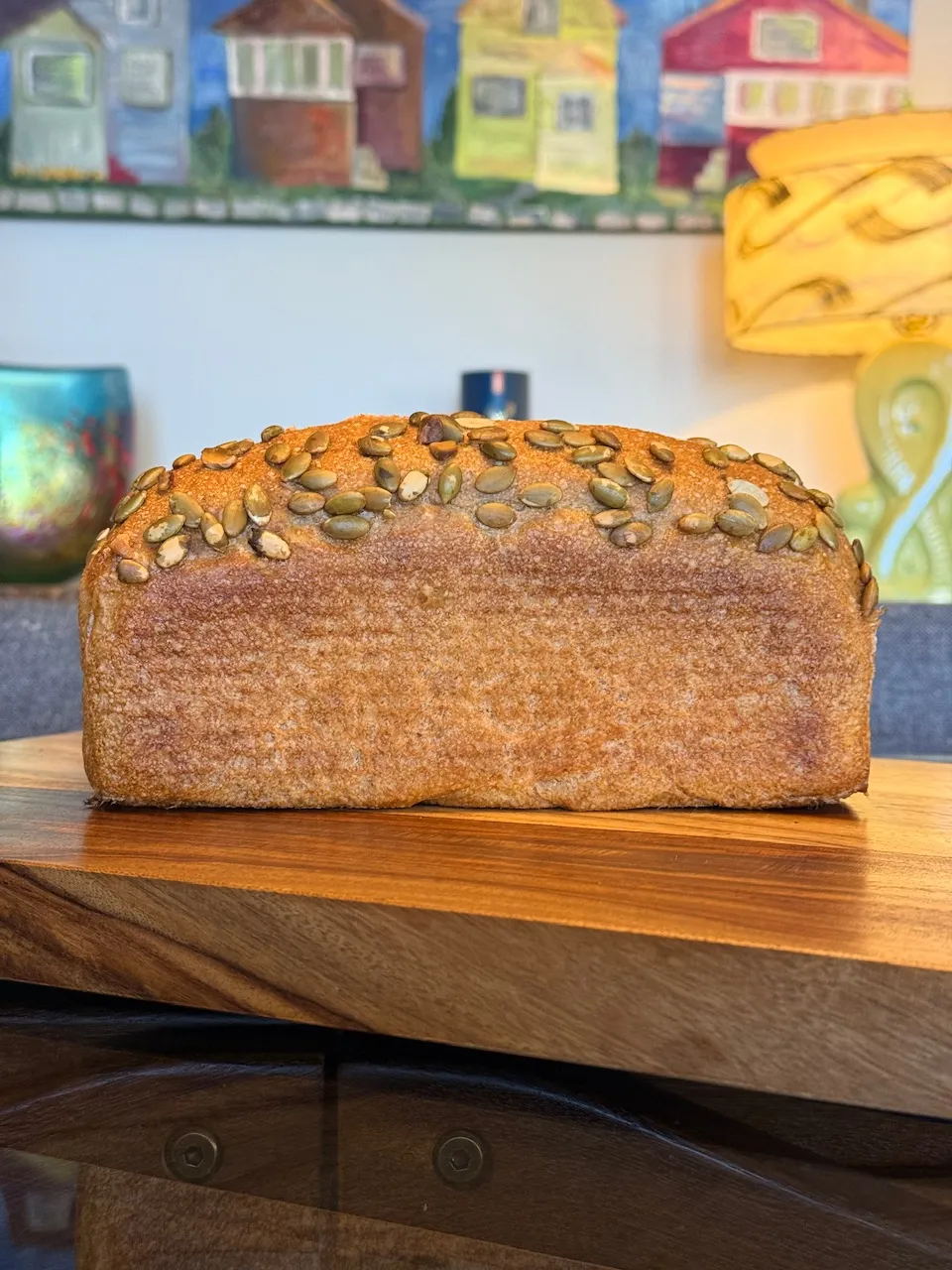Prosciutto Whipped Ricotta Rosé Sourdough Pizza with Onions and Spinach
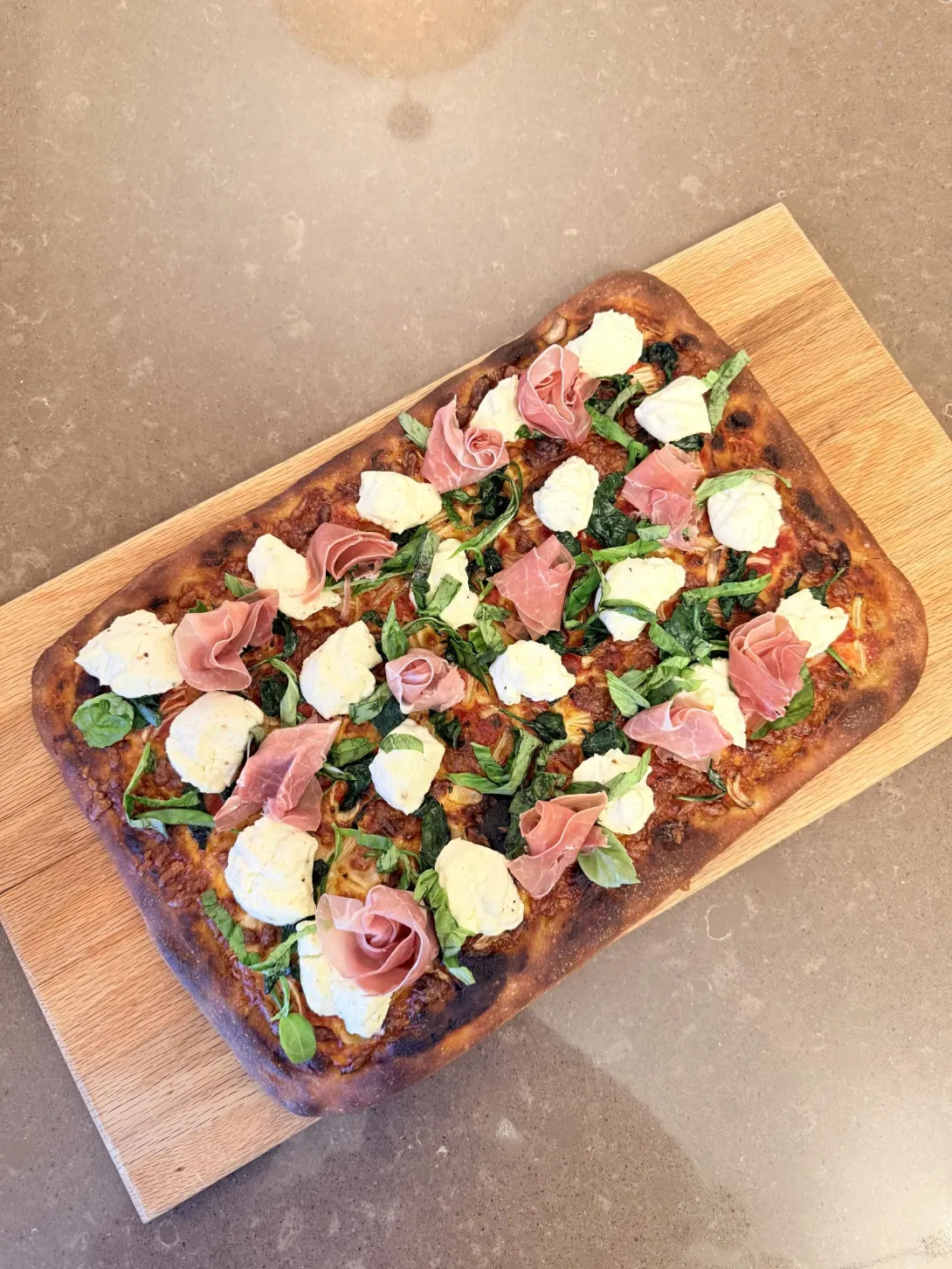
I saw a recipe for a rose pizza sauce and followed that as an idea for this pizza with some changes. I prefer prosciutto to genoa salami and added sautéed spinach for some extra colour. I’m quite pleased with how this turned out. The whipped ricotta was lovely, if I were to make it again I’d add lemon zest to the whipped ricotta to make it a bit more complex.
